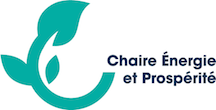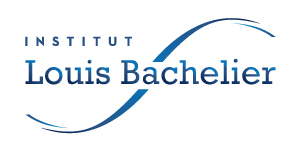This article examines the merits of making aid conditional on environmental efforts.
This article aims to analyse the compliance of CAC 40 firms with the recommendations of the Task Force on Climate‐related Financial Disclosures.
This article conducts a bibliometric analysis of the academic publications on the financing of renewable energies referenced in Web of Science up to June 2018. Our analysis reveals 11 main clusters. We highlight the fact that a majority of the sample focuses on market-based policy instruments used to support renewable energy development.
This paper examines the cost competitiveness of an extra-large-scale (275,000 m3/d) solar-powered desalination, taking as a case study the Chtouka Ait Baha plant in Morocco.
In "Why environmental management may yield no-regret pollution abatement options", Ecological Economics, 2009, Bréchet and Jouvet claim to have theoretically shown that profits maximizing firms can reduce pollution compared to laissez-faire and increase their profits. We correct multiple errors in their paper, with the conclusion that their claim no longer stands.
The aim of this article is to identify the conditions under which teleworking leads to a net reduction in economy-wide energy consumption, and the circumstances where benefits may be outweighed by unintended impacts.
This article examines the role of sustainable finance and investment in Japan and how the Japanese financial sector can mitigate growing climate risks and support Japan's transition towards a zero-carbon, sustainable economy.
Article published in Industrial Relations (Avril 2020) This article examines the relationship between corporate governance and corporate sustainability by focusing on an essential component...
This article studies the contribution of information and communication technologies (ICTs) to a low carbon economy.
This working paper analyzes the impact of indirect network effects in the deployment of zero emission vehicles in a static partial equilibrium model.
No Upcoming Events found!


